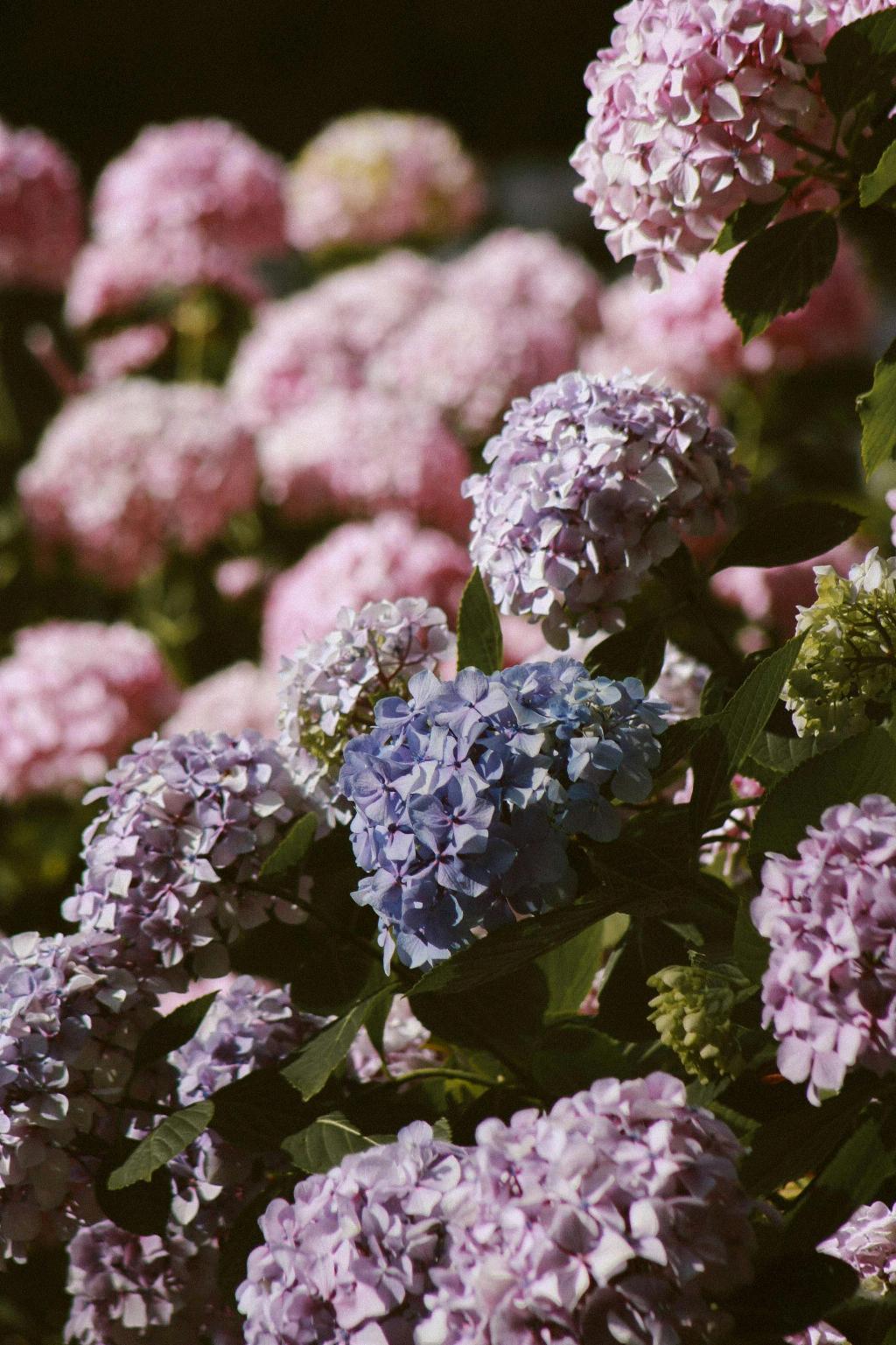Hydrangea plants, known for their stunning and voluminous blooms, have the potential to reach varying heights based on their species and specific growing conditions. While some hydrangea varieties may stay modest in stature at around 2 feet tall, others can soar to impressive heights of up to 20 feet, creating a striking visual impact in any garden landscape.
Exploring Hydrangea Varieties
Hydrangeas, also known as hortensias, belong to the shrub plant category and come in a diverse array of species. Each species has its unique growth pattern, from compact shrubs that reach a maximum height of 2 feet to larger varieties that can tower up to 20 feet when provided with the optimal growing conditions.
Consider the Sun Exposure
When determining the potential size of your hydrangea plant, sunlight exposure plays a crucial role. While these plants can thrive in both full sun and partial shade, the amount of sunlight they receive directly impacts their growth. Hydrangeas planted in full sun tend to grow more compactly, whereas those in partial shade may stretch out more, potentially reaching greater heights.
Understanding Soil Requirements
Hydrangeas prefer moist, well-drained soil to support their growth and blooming capabilities. The soil quality and moisture content directly influence the size of the plant, with well-draining soil potentially promoting healthier and more robust growth. By providing the ideal soil conditions, you can help your hydrangea plant reach its full potential in terms of size.
Factors Affecting Height
Other factors such as pruning practices, fertilizer application, and overall plant care can also impact the size of hydrangea plants. Regular pruning can help control the growth and shape of the plant, while providing the necessary nutrients through proper fertilization can support healthy and vigorous growth, potentially leading to larger plant sizes.
Cultivating Hydrangeas with Care
By cultivating your hydrangeas with care and attention to their specific needs, you can encourage optimal growth and development. Regular monitoring of sunlight exposure, soil moisture levels, and overall plant health can help you create an environment that allows your hydrangea plant to thrive and reach its maximum potential size.
Creating a Stunning Garden Feature
With their luxurious blooms and varying growth heights, hydrangea plants can serve as a captivating garden feature that adds beauty and charm to any outdoor space. Whether you choose compact varieties for border plantings or towering species for a dramatic focal point, hydrangeas offer versatility in landscaping design.
Enhancing Your Landscape Design
Integrating hydrangeas into your landscape design can enhance the overall aesthetic appeal of your garden. By strategically placing these plants based on their potential size and growth habits, you can create visual interest, texture, and color variations that contribute to a well-balanced and harmonious outdoor environment.
Adapting to Different Settings
Hydrangeas are adaptable plants that can thrive in various settings, from urban gardens to rural landscapes. Their versatility in terms of size and growth allows them to be incorporated into different garden styles, serving as versatile additions that can complement a range of design preferences and gardening aesthetics.
Considering Space and Placement
When planning your garden layout and selecting hydrangea plants, it’s essential to consider the available space and desired placement. By mapping out the locations for different hydrangea varieties based on their potential size, you can create a cohesive and well-structured garden design that optimizes the growth and visual impact of these stunning plants.
Unlocking the Growth Potential
With the right care, attention, and growing conditions, hydrangea plants have the capacity to achieve their maximum growth potential and produce abundant blooms that showcase their beauty and elegance. By understanding the factors that influence plant size and implementing best practices for cultivation, you can unlock the full growth potential of your hydrangeas.
Promoting Healthy Growth and Beauty
Whether you aspire to cultivate compact hydrangea shrubs or showcase towering hydrangea trees in your garden, promoting healthy growth and beauty is essential for these enchanting plants. By fostering a nurturing environment that meets their needs, you can enjoy the remarkable growth and captivating beauty that hydrangea plants have to offer.

